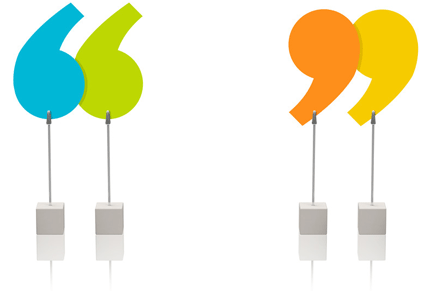Paper: Schab DW, Trinh N-HT. Do artificial food colors promote hyperactivity in children with hyperactive syndromes? A meta-analysis of double-blind placebo-controlled trials. J Dev Behav Pediatr. 2004 Dec;25(6):423–34.
Overview of paper: Many different studies have investigated the impact of artificial food colors (AFCs) on hyperactivity in children. Considering this prior work, this meta-analysis calculated an effect size of 0.283, which means that AFCs do seem to have a small but notable effect on behavior in some children. In comparison, this effect size is “approximately a third to a half the magnitude of the ESs [effect sizes] calculated in a meta-analysis of trials evaluating methylphenidate [Ritalin/Concerta] as a treatment of ADHD.”
The quote:
Neurochemical research into the basis of ADHD has strongly implicated defects in dopamine transmission. Both dopamine depletion and administration of AFCs create hyperactivity in developing rats. However, a theory on the contribution of AFCs to ADHD symptomatology must contend with two incongruities. First, the symptomatology of ADHD may differ from the pattern of symptoms induced by AFCs: as suggested by Rowe and Rowe, AFCs are associated more with irritability and insomnia than restlessness and inattention. Second, the patterns of behavior elicited by dopamine depletion in developing rats differs from the pattern elicited by administration of AFCs (or their metabolites). The sensitivity of developing rats also begs consideration of whether exposure to AFCs differentially affects the developing and developed organism.
Significance of quote: What is the nature of the behavioral changes caused by AFCs – do these chemicals cause ADHD or do they influence behavior in a way that aggravates ADHD? It seems that the effects of AFCs are slightly different than “true” ADHD symptoms, and the mechanisms behind them are likely to be different as well.
